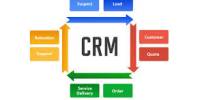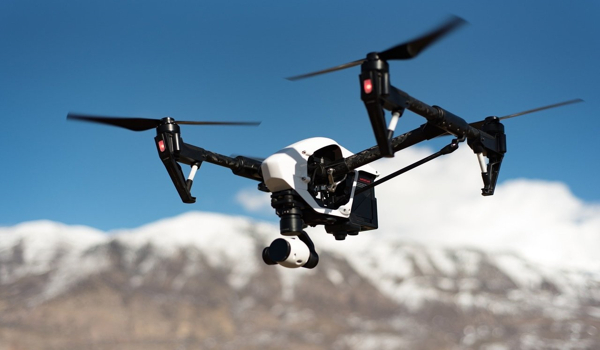Dual electrification is a system in which a railway line is powered both by overhead catenary and a third rail. This allows trains that use either system of power to share the same railway line, such as mainline and suburban trains (as used by Hamburg S-Bahn between 1940 and 1955). This phrase is often used in the fields of transportation and energy.
In transportation, dual electrification may entail electrifying both road vehicles (such as cars, trucks, and buses) and railroads. This strategy seeks to reduce greenhouse gas emissions and reliance on fossil fuels by converting both personal and public transportation to electric power. This concept is often discussed in the context of transportation or energy infrastructure.
- Transportation: In the context of transportation, dual electrification typically refers to vehicles that can be powered by two different types of electrical energy sources. For example, a hybrid car might use both electricity stored in batteries and an internal combustion engine running on gasoline. Similarly, some trains are equipped to draw power from overhead electrical lines (catenaries) as well as from an onboard diesel engine, allowing them to operate on electrified and non-electrified tracks.
- Energy Infrastructure: Dual electrification in energy infrastructure refers to systems or regions that generate power from two different sources. This could include solar and wind power, hydroelectric and nuclear power, or any other combination of renewable and nonrenewable energy sources.
In the energy industry, dual electrification could refer to the simultaneous conversion of stationary energy sources (such as power plants) and mobile energy sources (such as cars) to electricity. This transition frequently involves incorporating renewable energy sources into the power grid in order to assist the electrification of diverse sectors while lowering overall carbon emissions.
In all circumstances, dual electrification aims to provide flexibility, resilience, and efficiency by combining the advantages of different energy sources or technologies. It can also help to reduce reliance on fossil fuels and lower greenhouse gas emissions, especially if one of the sources is renewable. Overall, dual electrification is a method that aims to achieve larger sustainability and decarbonization objectives by electrifying various sectors of the economy at once.















